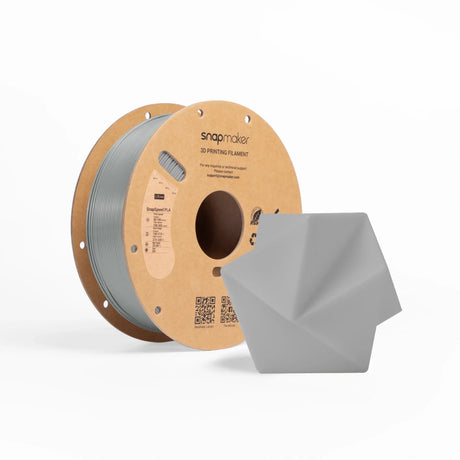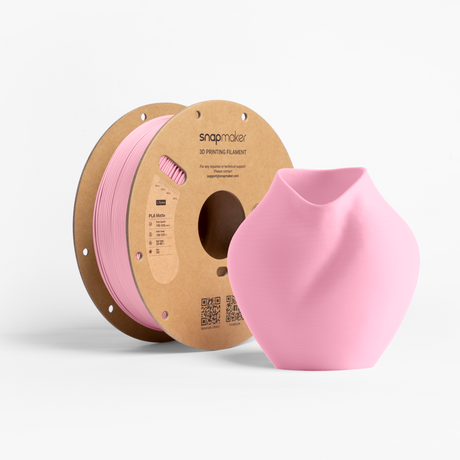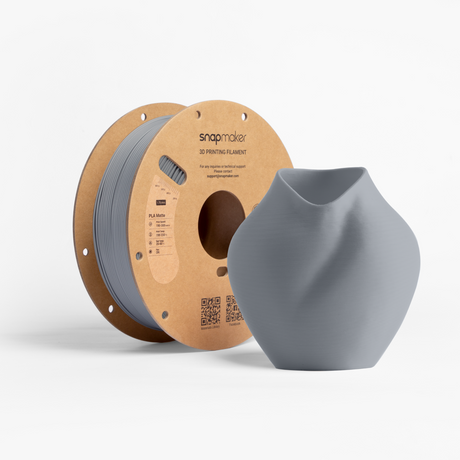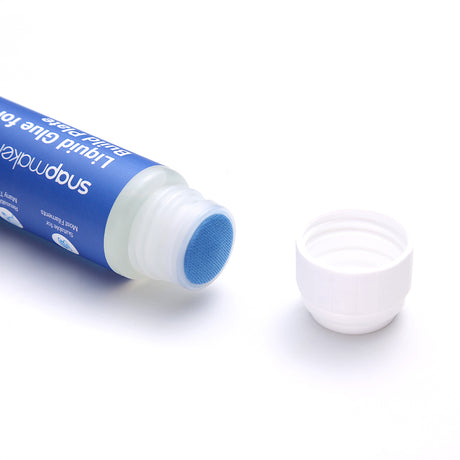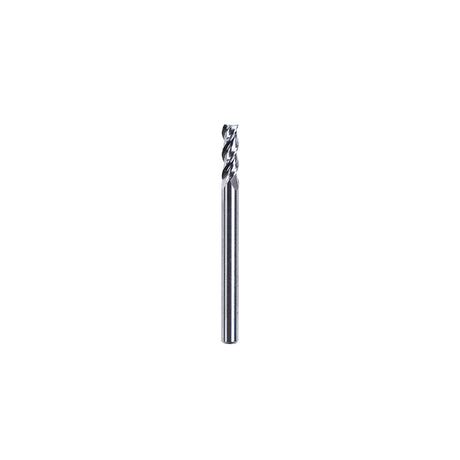FAQs
Dual-sided PEI Steel Sheet with Soft Magnetic Sticker Kit for Snapmaker Artisan
From €43,99 EUR€54,99Unit price /UnavailableIn stockSnapmaker 200W CNC Module Bundle (VAT Incl.)
From €199,00 EUR€329,00Unit price /UnavailableIn stockCNC Bits - 4mm Shank (3 Bits, with Spindle collet)
€23,99 EUR€29,99Unit price /UnavailableIn stock
1. What can I find in the New Releases page?
The New Releases collection offers Snapmaker's latest products, including advanced 3D printers, laser modules, CNC tools, and accessories.
2. When will my order ship?
Orders will be processed and shipped within 1-3 business days from the purchase date (excluding pre-order items). Standard shipping usually takes 3-7 business days. You can also check your order status here. You can also check your order status here.
3. What is the shipping cost?
Shipping costs are calculated at checkout based on the package weight and destination. Customers in the EU, Canada, and the UK enioy free shipping on orders over $99/€99. For all other regions, shipping fees apply and vary depending on the package's weight and delivery location.
4. Does Snapmaker offer a 30-Day Price Guarantee for new products?
Yes, we offer a 30-day price guarantee on all products bought directly from the Snapmaker Official Online Store. For full details, please refer to our 30-day price guarantee policy.
5. How can I stay updated about Snapmaker new product launches?
To stay updated on Snapmaker's new products and promotions, we recommend bookmarking this page for easy access. You can also subscribe to our newsletter or follow us on social media for the latest updates.
FAQs
1. What can I find in the New Releases page?
The New Releases collection offers Snapmaker's latest products, including advanced 3D printers, laser modules, CNC tools, and accessories.
2. When will my order ship?
Orders will be processed and shipped within 1-3 business days from the purchase date (excluding pre-order items). Standard shipping usually takes 3-7 business days. You can also check your order status here. You can also check your order status here.
3. What is the shipping cost?
Shipping costs are calculated at checkout based on the package weight and destination. Customers in the EU, Canada, and the UK enioy free shipping on orders over $99/€99. For all other regions, shipping fees apply and vary depending on the package's weight and delivery location.
4. Does Snapmaker offer a 30-Day Price Guarantee for new products?
Yes, we offer a 30-day price guarantee on all products bought directly from the Snapmaker Official Online Store. For full details, please refer to our 30-day price guarantee policy.
5. How can I stay updated about Snapmaker new product launches?
To stay updated on Snapmaker's new products and promotions, we recommend bookmarking this page for easy access. You can also subscribe to our newsletter or follow us on social media for the latest updates.








